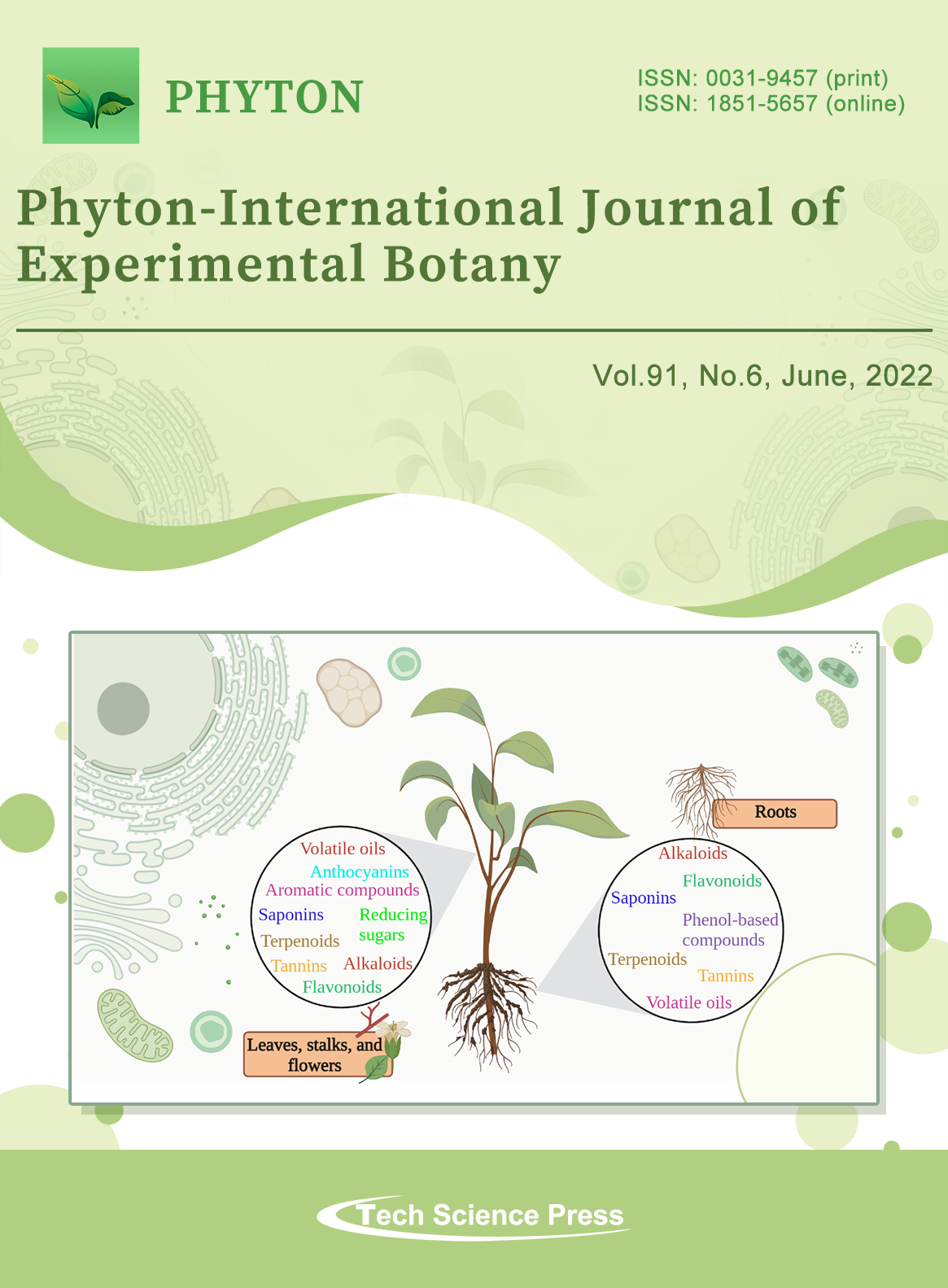Therapeutic Potential of the Medicinal Plant Tinospora cordifolia–Minireview
Lohanathan Bharathi Priya1,#, Balamuralikrishnan Balasubramanian2,#, Balamurugan Shanmugaraj3, Shanmugam Subbiah4, Rouh-Mei Hu5, Chih-Yang Huang6,7,8,9,*, Rathinasamy Baskaran5,*
Phyton-International Journal of Experimental Botany, Vol.91, No.6, pp. 1129-1140, 2022, DOI:10.32604/phyton.2022.017707
- 14 February 2022
Abstract For thousands of years, plant based herbal medicines have been utilized by millions of people all over the world. Plant materials or products are used in different folk/traditional medical systems, such as the Chinese, African and Indian medical systems, like Siddha, Ayurveda, Unani, and Homeopathy. Tinospora cordifolia (TC) is a medicinal plant belonging to the family Menispermaceae. It is a big deciduous, climbing shrub growing prevalently in the tropical part of Indian subcontinent regions such as India, Pakistan, Nepal, Bhutan, Bangladesh and Srilanka, and in Myanmar, and China. Guduchi, Giloy, Shindilkodi, and Amritha are all the… More >
